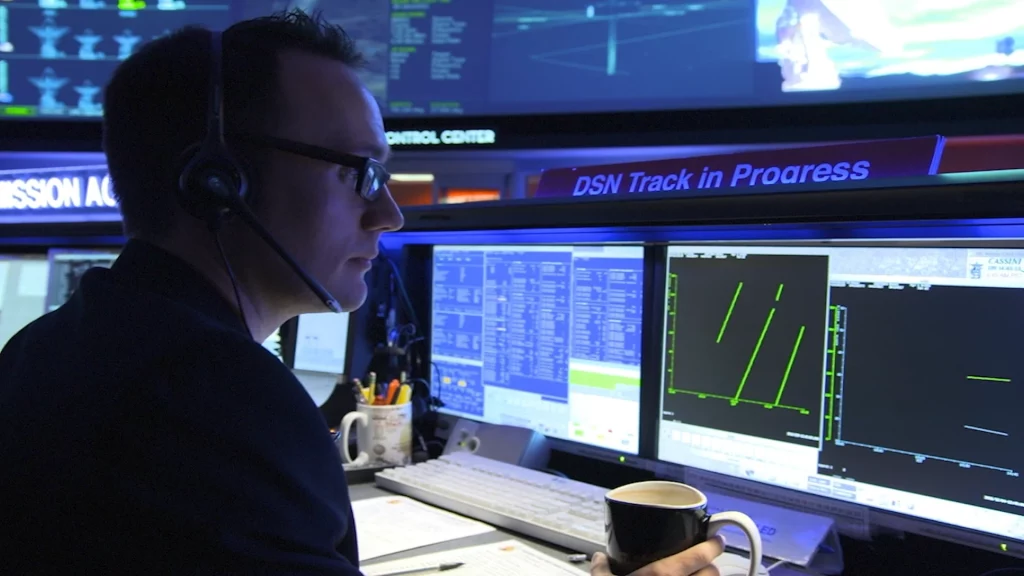(MicrosoftAzureQuantumBlog) NASA’s Jet Propulsion Laboratory (JPL) has turned to Azure Quantum to explore ways to communicate more efficiently with spacecraft exploring our solar system and beyond. IQT-News summarizes Senior Azure Quantum Software Engineer’s Anita Ramanan’s recent blog posting.
JPL communicates with space missions through the Deep Space Network (DSN), a global network of large radio antennae located in California, Spain, and Australia that allows constant communication with spacecraft as the earth rotates.
Scheduling requests to use the DSN antennae from the space missions come with a large number of constraints and require intensive computing resources. All missions require access for key communication, resulting in several hundred weekly requests when each spacecraft is visible to the antenna.
For highly complex, multivariate problems like this, quantum-inspired optimization algorithms that take learnings and advancements from our key research in quantum technology and implement them in classical algorithms provide a key advantage over traditional optimization algorithms. The Azure Quantum team developed a solution for a version of JPL’s scheduling problem with a limited feature set with the eventual goal to incorporate a broader set of requirements. This is intended to reduce the need for lengthy negotiations and speed up the overall process.
At the beginning of the project, the Microsoft team recorded runtimes of two hours or more to produce a schedule. By applying quantum-inspired optimization algorithms, the Microsoft team used Azure Quantum to reduce the time needed to 16 minutes, and a custom solution reduced it to about two minutes. Schedules that are produced in minutes rather than hours not only allow JPL to create many candidate schedules but also allow the organization to be more agile as missions and demands increase.
Sandra K. Helsel, Ph.D. has been researching and reporting on frontier technologies since 1990. She has her Ph.D. from the University of Arizona.
